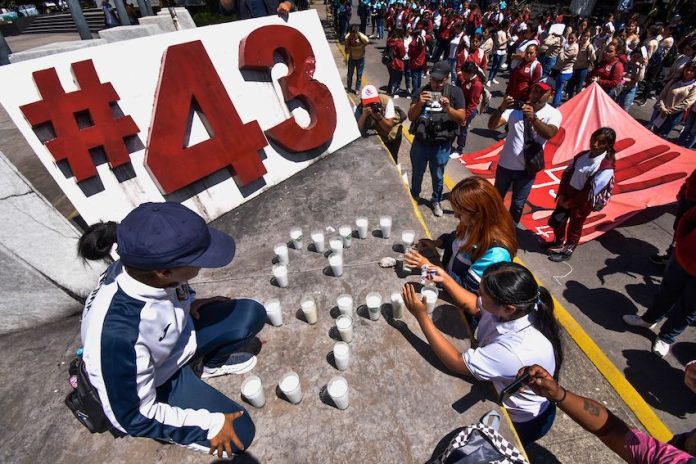On the ninth anniversary of the disappearance of 43 students in Guerrero, the federal government on Tuesday published a report that outlines three “possible reasons” for the abduction of the young men.
The Ayotzinapa Rural Teachers College students were allegedly abducted by members of the Guerreros Unidos crime gang in Iguala on Sept. 26, 2014, after buses they had commandeered to travel to a protest in Mexico City were stopped by municipal police.
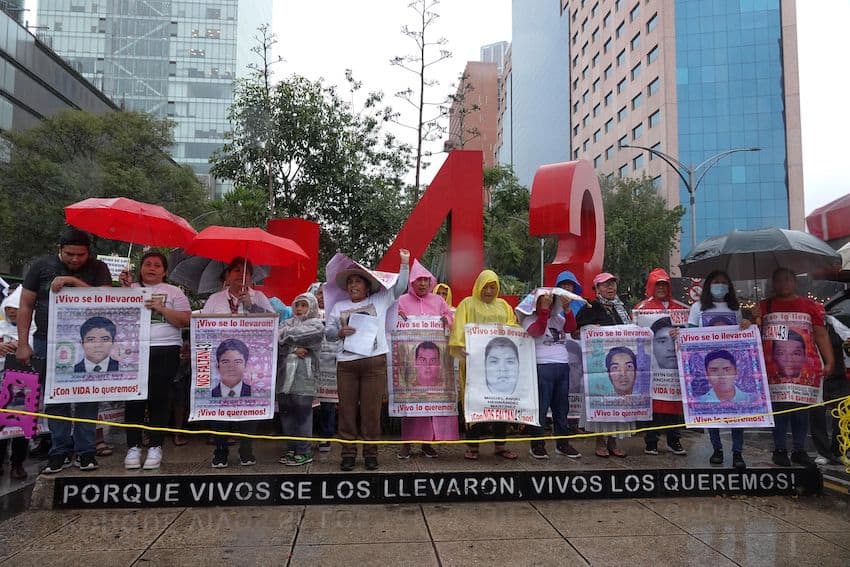
It is presumed that the young men were subsequently killed, although the remains of just three of them have been found and identified.
The government on Tuesday published a 34-page document entitled “Ayotzinapa: Narrative of the Events According to the Investigation Carried Out.”
Near the end of the document, the government gave a brief overview of three “possible reasons” behind the abduction of the students.
- The government said there may have been “confusion” on the part of Guerreros Unidos members with respect to the “alleged infiltration” of Los Rojos gangsters among the Ayotzinapa students. That “confusion” could have occurred “within the context of” a turf war in the Iguala region between the two crime groups, the government said.
- The intention may have been to “teach the students a lesson within the context of threats from [then Iguala] mayor José Luis Abarca and the Guerreros Unidos after protests and damage to the Iguala municipal palace,” the government said. Those protests occurred after the abduction and murder of three “social leaders.”
- “Drug trafficking and the possible presence of drugs, weapons or money” on buses commandeered by the students was the third possible reason identified by the government.
The document said that 132 people are currently detained in connection with the case including 41 Guerreros Unidos members, 71 police officers and 14 soldiers.
Three Attorney General’s Office officials including ex-attorney general Jesús Murillo Karam, a former state security minister in Guerrero, the former mayor of Iguala and his wife and ex-president of the DIF family services agency in that city are also behind bars.
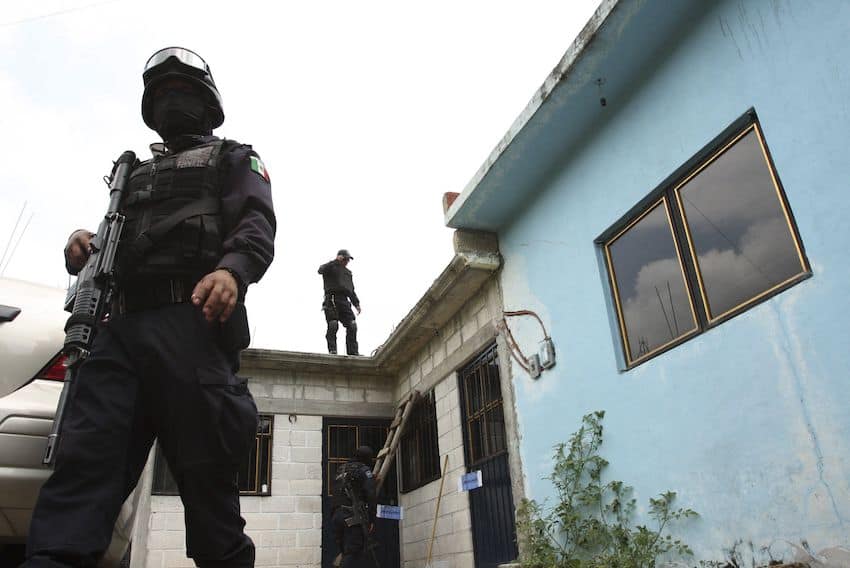
None of the 132 suspects has yet been convicted of involvement in the abduction and presumed murder of the students.
The government said that at the time of the students’ disappearance, the Guerreros Unidos “maintained a significant level of penetration and co-option of the authorities in charge of public security and the fight against drug trafficking in the region.”
“This network, which involved authorities of the three levels of government, was, without doubt, a factor that ‘facilitated’ and perpetrated the enforced disappearances of the 43 teaching students,” the report said.
The document cited “an instruction to disappear the students” in messages between Guerreros Unidos leaders and members that were intercepted by the United States Drug Enforcement Administration.
It also said that it had been established via “testimonies” and “the analysis of communications” that students traveling on two buses were handed over to the Guerreros Unidos by police “for their execution and disappearance.”
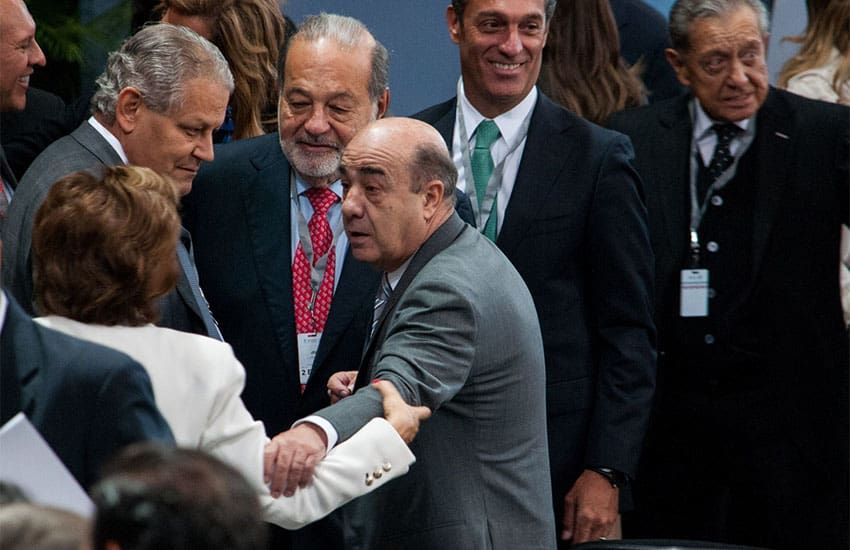
The government said it was “probable” that the students were separated into at least three groups and taken to “different places for their execution and disappearance in the municipalities of Cocula, Cuetzala del Progreso, Eduardo Neri, Huitzuco, Iguala, San Miguel Totolapan, Taxco, Teloloapan and Tepecoacuilco.”
Citing intercepted text messages, the document said there was evidence that six students were still alive four days after they were abducted. But one Guerreros Unidos member allegedly told another that he would arrange for them to be killed.
The parents of the students were informed of the contents of the report at a meeting with government officials including President López Obrador on Monday. They weren’t satisfied with what they were told.
A lawyer for the parents, Vidulfo Rosales, told reporters that the government had presented a narrative similar to the widely criticized “historical truth” that the previous federal administration led by former president Enrique Peña Nieto put forward as the definitive version of events.
According to the “historical truth,” the students, while traveling on the buses they commandeered, were intercepted by corrupt municipal police who handed them over to members of the Guerreros Unidos crime gang who subsequently killed them, burned their bodies in a dump in the municipality of Cocula and disposed of their remains in a nearby river.
López Obrador on Tuesday acknowledged that the parents of the students “insist that the army isn’t cooperating” with the ongoing investigation into the Ayotzinapa case.
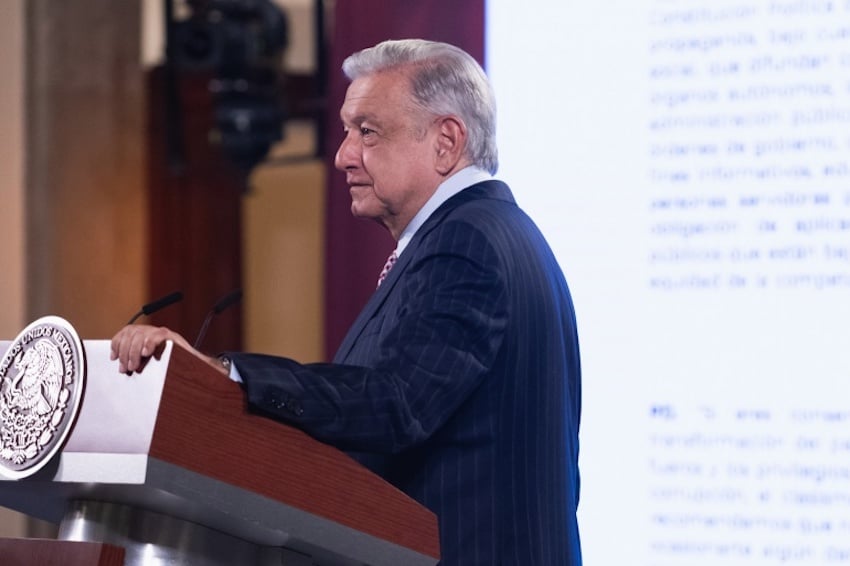
He said he didn’t agree with that view because the army “has handed over all the information it has and has helped a lot to clear up … the terrible Ayotzinapa case.”
López Obrador also said that he didn’t share the point of view expressed by Rosales. He added that the government’s priority is to “find the young men.”
“The information we already have and that which we could soon obtain might lead us to that,” López Obrador said.
“It’s not about blaming [someone] for the sake of blaming. It’s not just, ‘It was the state and it was the army’ and that’s it. No, we’re going to find out the truth about what happened. I’m not going to lie nor are we going to fabricate something that isn’t true. We’re going to act with rectitude, we’re not the same [as previous governments],” he said.
The abduction and presumed murder of the students in 2014 triggered huge protests against the Peña Nieto government at which Mexicans accused the state of involvement in the crime and called for the ex-president to resign.
Mexico News Daily
